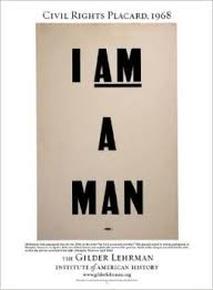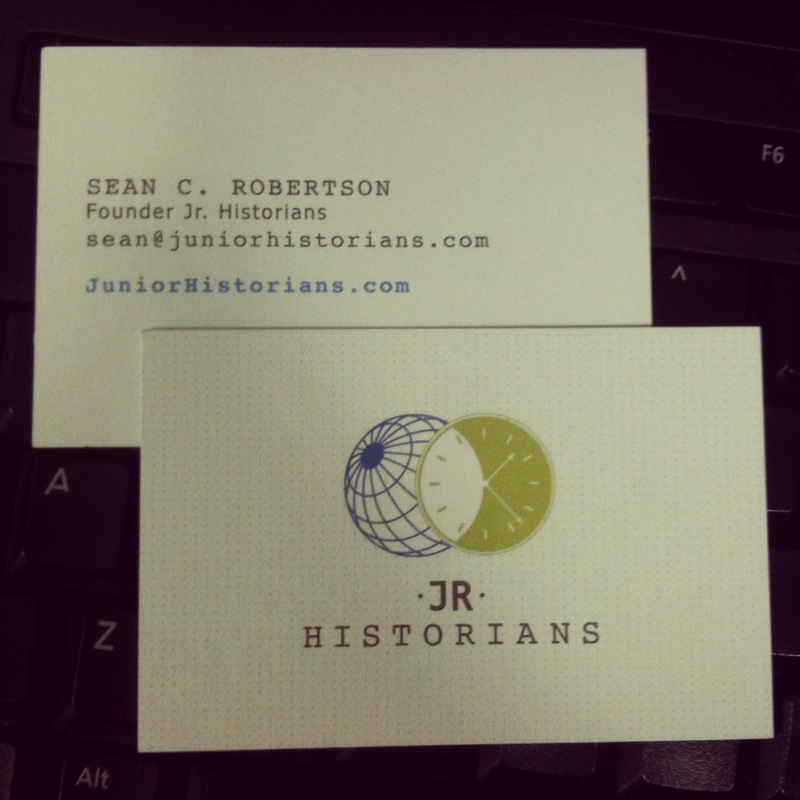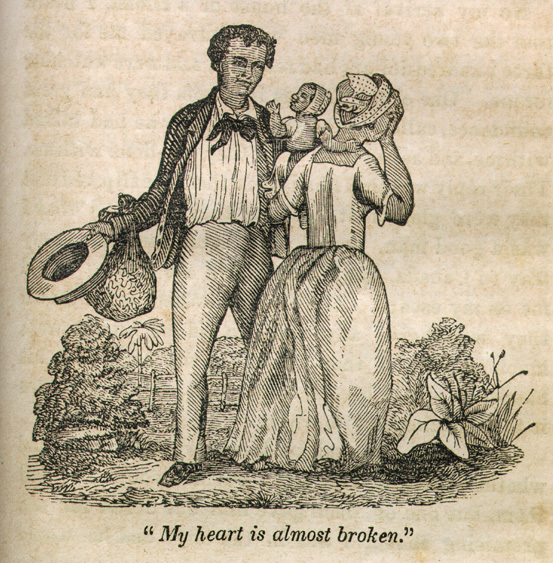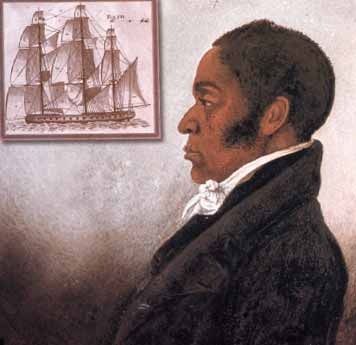| In honor of Dr. Martin Luther King Jr. Day, I wanted to post here my Community Meeting message from this past Friday. Every Friday at Harlem Academy we gather as a Middle School and teachers share a reflective message with the students and staff that connects to our school’s creed and mission. In leading my meeting this past week, I wanted to share how empathy and compassion are core to the legacy of Dr. King. In particular, I wanted to illustrate how empathy is key to solving our current threats in the world and our country and that the legacy of Dr. King is not static, that today is a day of service that should further the goals and ideals this great man stood for. |
Dr. Martin Luther King Jr. Day was first signed into law as a federally recognized holiday in 1983 and celebrated for the first time in 1986. But like Dr. King’s long struggle towards equality for all, the holiday would not be celebrated in all 50 states until the year 2000.
We all know who Dr. King was. From his emergence during the Montgomery Bus Boycotts, to his arrest in Birmingham, the march in Selma, and of course perhaps his most famous moment in his “I Have a Dream Speech.” Dr. King believed in the ideals of our nation’s founding documents – the Declaration of Independence and the Constitution. Most importantly, that all men are created equal, that the individual – regardless of color or creed – has worth, and that we are all entitled to certain “unalienable” rights and freedoms.
But Dr. King lived in a time when these rights and freedoms were not protected for African Americans in our country. King fought tirelessly for the enforcement of equal rights for all citizens. He fought to end racism and poverty. He stood for his convictions and his belief in the true nature of this nation’s promise to its citizens. He stood for these things in the face of threats, beatings, jailing, and ultimately gave his life in furthering the movement. He preached using non-violent direct action and civil disobedience to achieve his goals. Using one’s body to create tension that can lead to dialogue and compromise or resolution of our differences. It meant never speaking ill back. It meant never hitting back. In the face of violence and hatred, Dr. King refused to give in to hate or violence. Instead, he preached love and empathy when confronted by the worst in humanity.
In November of 1957, after having battled and one the right to first-come-first-served seating on Montgomery buses, Dr. King spoke to the Dexter Avenue Baptist Church (Montgomery, Alabama):
"We must develop and maintain the capacity to forgive. He who is devoid of the power to forgive is devoid of the power to love. There is some good in the worst of us and some evil in the best of us. When we discover this, we are less prone to hate our enemies."
We all know who Dr. King was. From his emergence during the Montgomery Bus Boycotts, to his arrest in Birmingham, the march in Selma, and of course perhaps his most famous moment in his “I Have a Dream Speech.” Dr. King believed in the ideals of our nation’s founding documents – the Declaration of Independence and the Constitution. Most importantly, that all men are created equal, that the individual – regardless of color or creed – has worth, and that we are all entitled to certain “unalienable” rights and freedoms.
But Dr. King lived in a time when these rights and freedoms were not protected for African Americans in our country. King fought tirelessly for the enforcement of equal rights for all citizens. He fought to end racism and poverty. He stood for his convictions and his belief in the true nature of this nation’s promise to its citizens. He stood for these things in the face of threats, beatings, jailing, and ultimately gave his life in furthering the movement. He preached using non-violent direct action and civil disobedience to achieve his goals. Using one’s body to create tension that can lead to dialogue and compromise or resolution of our differences. It meant never speaking ill back. It meant never hitting back. In the face of violence and hatred, Dr. King refused to give in to hate or violence. Instead, he preached love and empathy when confronted by the worst in humanity.
In November of 1957, after having battled and one the right to first-come-first-served seating on Montgomery buses, Dr. King spoke to the Dexter Avenue Baptist Church (Montgomery, Alabama):
"We must develop and maintain the capacity to forgive. He who is devoid of the power to forgive is devoid of the power to love. There is some good in the worst of us and some evil in the best of us. When we discover this, we are less prone to hate our enemies."







 RSS Feed
RSS Feed

